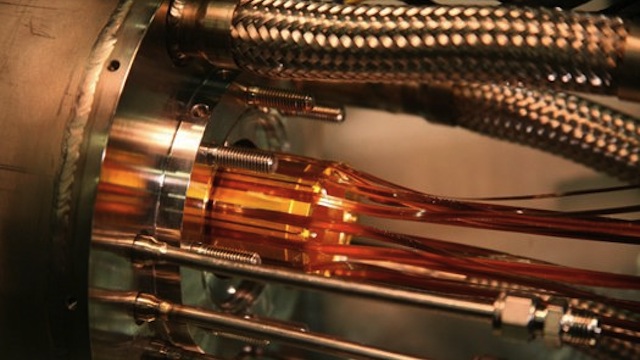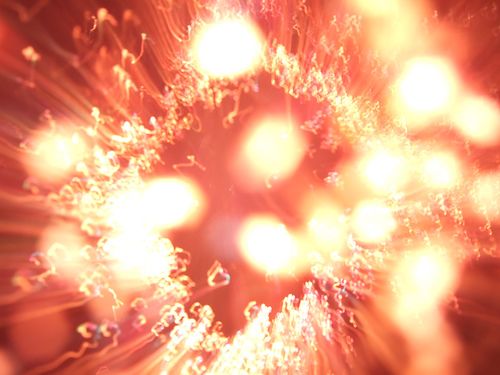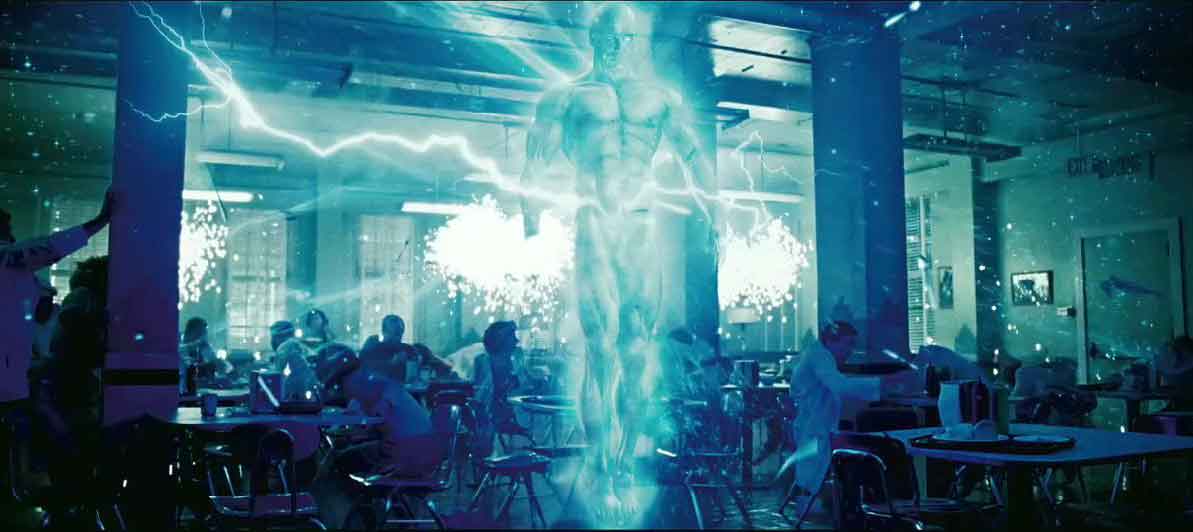
“The ALPHA team want to keep antimatter intact long enough to study it, so last year they worked out how to hold a cloud of antihydrogen in a magnetic trap. Not for long, though: collisions with trace gases would have either annihilated the anti-atoms or given them the energy to escape, so the team opened the trap after 170 milliseconds and observed the resulting annihilations, verifying that antimatter had been made.“
Building on the LHC’s success last November, scientists in Geneva, Switzerland manage to trap anti-matter for a full sixteen minutes, 10,000 times longer than ever before. “This time around, they used the same method but also cooled the antiprotons used to create the antihydrogen, which lowered the energy of the antimatter,but increased the chance that more could be collected.“



